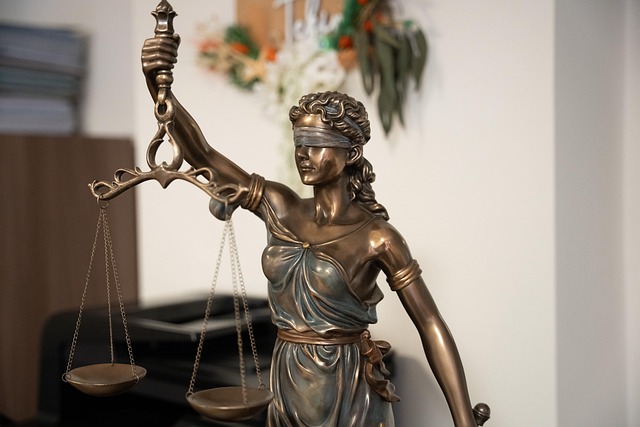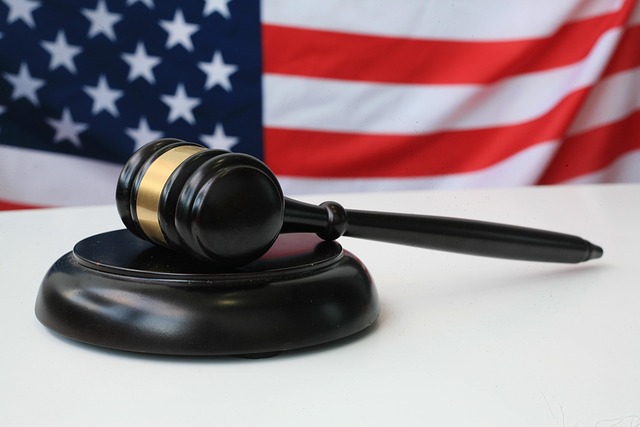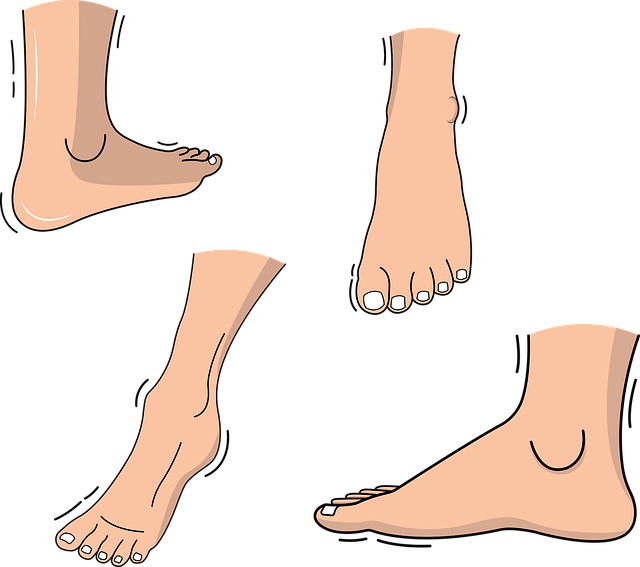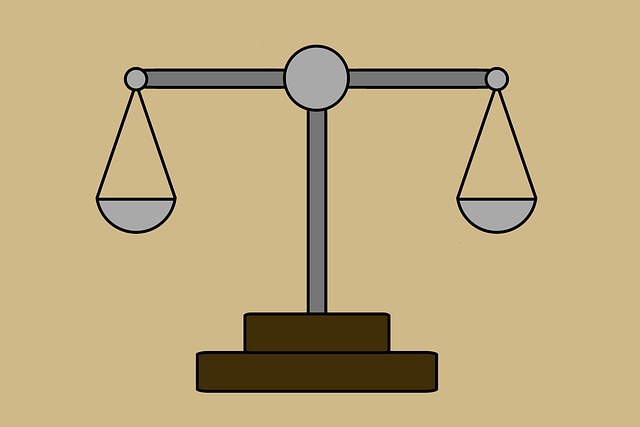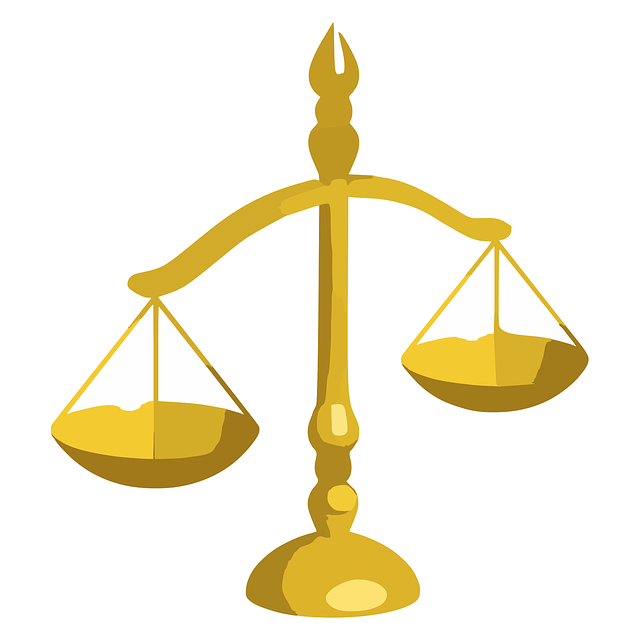Winter poses significant risks for pedestrians, especially elderly individuals, due to icy sidewalks, snow-covered walkways, reduced traction, darker evenings, and less optimal lighting. Commercial spaces and nursing homes struggle to maintain safe conditions, leading to a critical need for proactive measures to prevent slip and fall injuries. These accidents can cause minor to severe harm, including fractures and head traumas, and in extreme cases, like nursing home abuse, may lead to prolonged hospitalization and disabilities. Essential preventive measures include maintaining clear walkways, using salt or sand for traction, and wearing grip-enhancing footwear. Legal counsel from an accident lawyer is crucial for justice and compensation when negligence results in these accidents.
Slip and fall injuries are a prevalent winter hazard, with icy sidewalks and snow-covered paths creating unique risks. This article delves into the challenges of cold-weather conditions, identifying common slippery surfaces and environments where accidents are more likely to occur. We offer practical tips for staying safe, from proper footwear choices to visibility and awareness strategies. Additionally, we explore common injuries and legal recourse options for those affected by slip and fall incidents due to negligence.
- Risk Factors During Winter: The Cold Weather Challenge
- – Discussing the unique challenges posed by winter conditions like icy sidewalks and snow-covered paths.
- – Highlighting common slippery surfaces and environments where slip and fall accidents are more likely to occur.
Risk Factors During Winter: The Cold Weather Challenge

The winter season presents unique challenges for pedestrians, significantly increasing the risk of slip and fall injuries. Cold weather conditions, such as icy sidewalks and snow-covered walkways, are primary culprits. These hazardous surfaces often go unmaintained or are improperly treated, leading to dangerous situations. Elderly individuals, a demographic particularly vulnerable during winter, face elevated risks due to reduced traction and balance.
Moreover, the darker evenings in winter contribute to visibility issues, making it harder for people to spot potential hazards. In commercial spaces like malls or offices, lighting may be less than optimal, adding another layer of risk. Even nursing home facilities, where elderly residents are particularly susceptible to falls, may struggle to keep up with the demands of snow removal and floor treatment during these months. These factors underscore the importance of proactive measures to prevent slip and fall injuries, especially as winter’s harsh conditions persist.
– Discussing the unique challenges posed by winter conditions like icy sidewalks and snow-covered paths.

Winter months bring unique challenges for pedestrians, significantly increasing the risk of slip and fall injuries. Icy sidewalks and snow-covered paths become treacherous, often leading to accidents that could have been prevented under safer conditions. The combination of freezing temperatures, melting snow, and rapid changes in weather creates a slippery surface, making it difficult for people to maintain their balance.
These wintry conditions are especially hazardous for the elderly and individuals with mobility issues. Slip and fall injuries can range from minor scrapes and bruises to serious fractures and head traumas. In extreme cases, such as nursing home abuse, these accidents may result in prolonged hospitalization and lasting disabilities. Therefore, it’s crucial to be mindful of winter-related hazards and take preventive measures like keeping walkways clear, using salt or sand for traction, and wearing appropriate footwear with good grip.
– Highlighting common slippery surfaces and environments where slip and fall accidents are more likely to occur.

During winter months, various surfaces and environments become significantly more treacherous, posing a heightened risk for slip and fall injuries. Common slippery surfaces include icy sidewalks, frozen parking lots, and wet floors inside buildings, which can be particularly hazardous when not properly maintained or de-iced. Moreover, areas with heavy foot traffic, such as entryways and stairwells, are prone to accumulating water and ice, creating a dangerous condition for unsuspecting pedestrians.
In addition to outdoor spaces, indoor environments also warrant attention regarding slip and fall risks. Nursing homes and other care facilities, for instance, often struggle to keep their floors dry and clear of obstacles, increasing the likelihood of falls among elderly residents. Even residential properties with poor lighting or inadequate floor coverings can contribute to these accidents. Seeking legal counsel from a competent accident lawyer is crucial if a slip and fall results in serious injuries, especially cases involving nursing home abuse or wrongful death, ensuring justice and proper compensation for victims.
Slip and fall injuries are a significant concern during winter months, as cold weather conditions create numerous risks. Icy sidewalks and snow-covered paths are common culprits, leading to accidents in both residential and public areas. By understanding these risk factors and taking preventive measures, individuals can reduce the likelihood of such injuries. Staying informed and being vigilant in maintaining safe walking environments is crucial for navigating winter safely.

